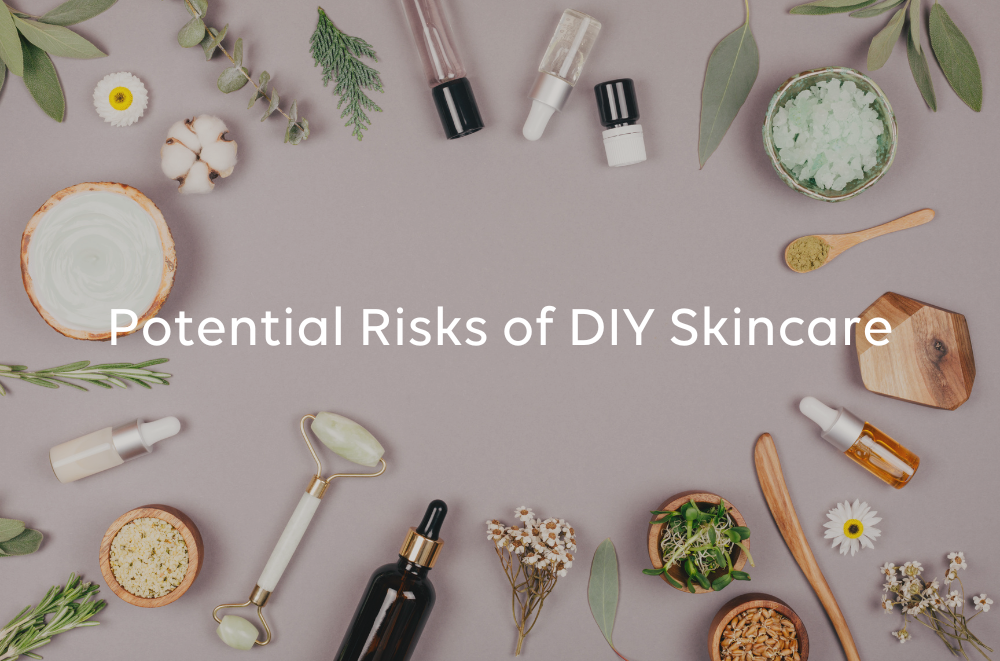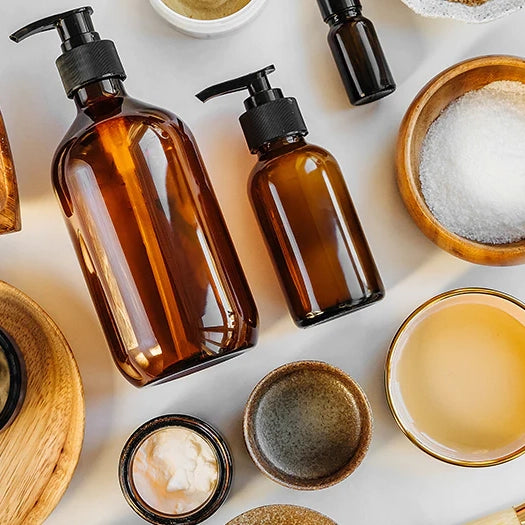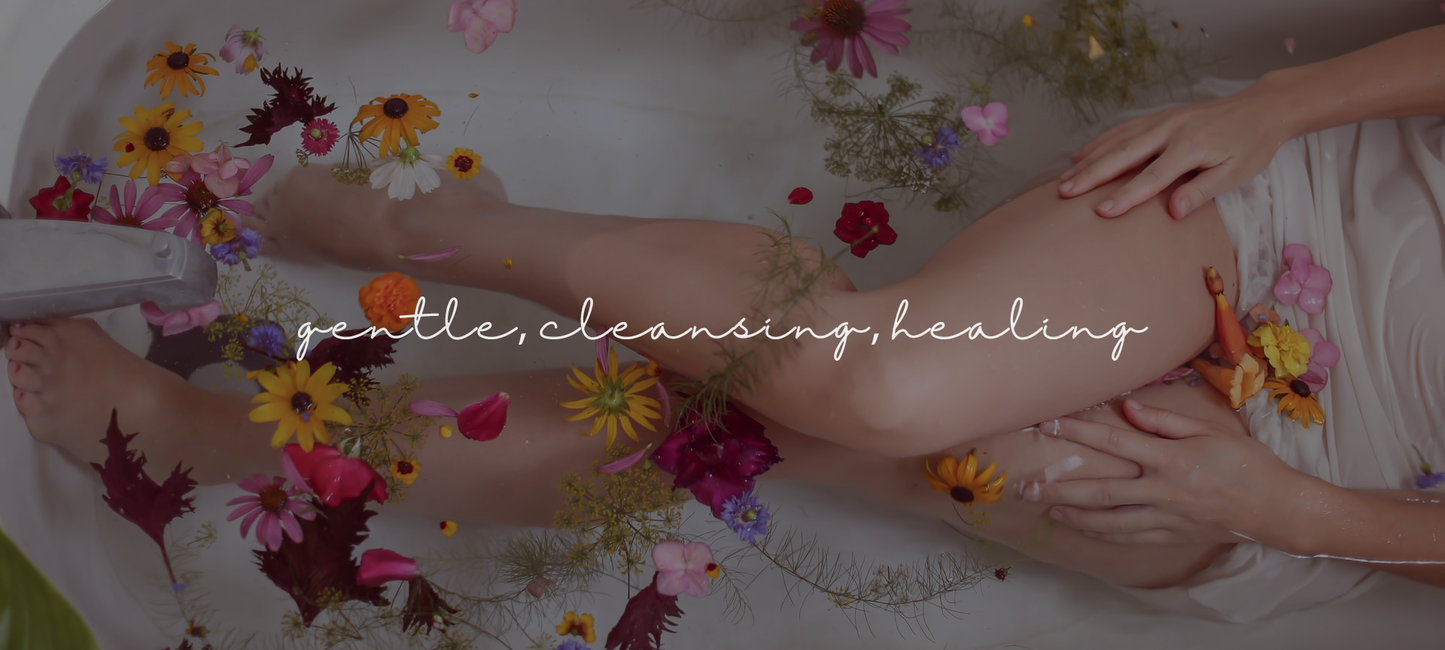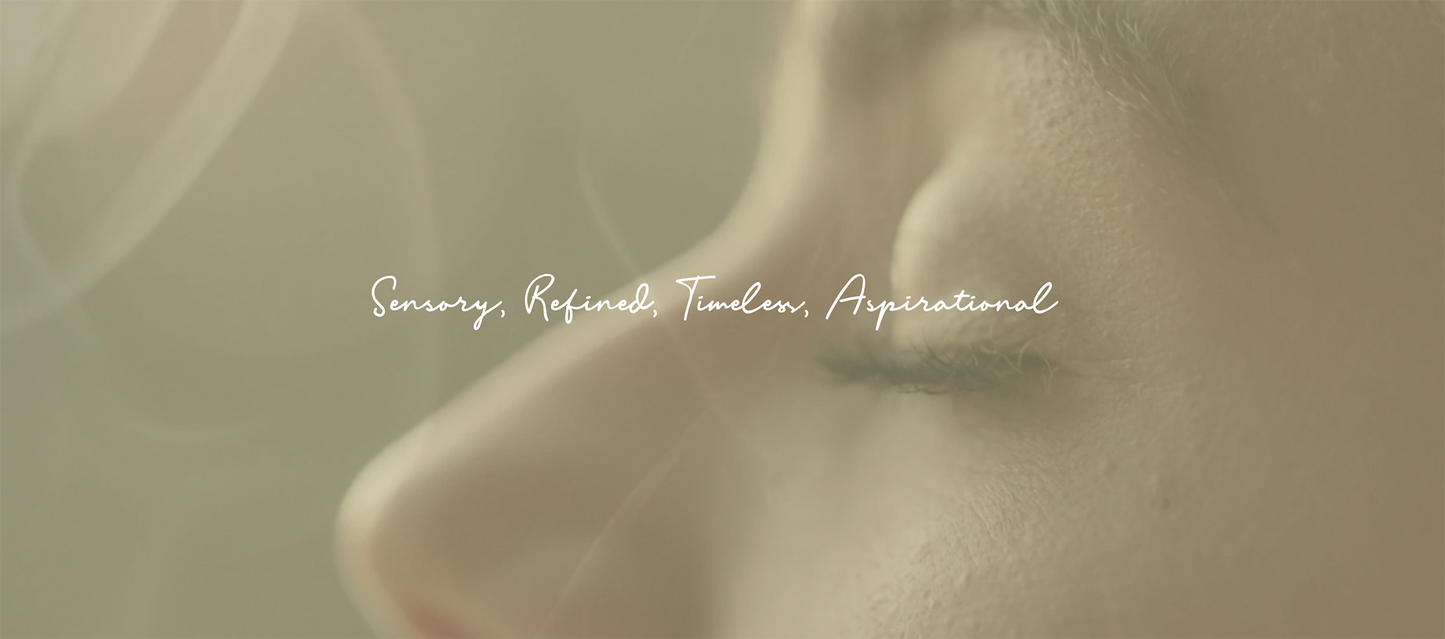
Formulating effective skincare requires a deep understanding of ingredient interactions, stability, and efficacy. You can start to run into problems in your DIY skincare journey if your ingredients are not properly sourced or measured, which can lead to potential skin irritation or other adverse reactions. So, before you jump straight in and start making that recipe you might have found online, this is your reminder to be mindful before embarking on your at-home skincare journey.
Some important considerations before you start making skincare at home
Ingredient Safety:
Just because something is natural, doesn’t mean it’s necessarily safe! It’s important to remember that not all natural ingredients are safe for topical use, and some may even cause skin irritation, allergic reactions or sensitivities. Before you start thinking of incorporating an ingredient into your DIY skincare recipe, be sure to research and understand the properties and potential side effects of each ingredient. This can be especially true of essential oils, which must be diluted properly before they can be used in any skincare product.
Proper Formulation:
Formulating effective skincare products requires a deep understanding of ingredient interactions, concentrations, and stability. Without the proper knowledge and expertise, DIY skincare formulations may be ineffective or even harmful to the skin. Improperly balanced formulas or incorrect measurements can lead to product instability, bacterial growth, or skin irritation.
Risk of Contamination:
DIY skincare products are more susceptible to contamination from bacteria, mould, and other pathogens. It’s important to ensure your recipe is made using proper sanitation practices and to ensure you research the use of preservatives to ensure your homemade skincare product doesn’t become a breeding ground for harmful microorganisms, which pose the risk of infection or skin irritation.
Lack of Standardisation:
Unlike commercially produced skincare products, DIY formulations are not subject to stringent quality control standards or regulatory oversight. As a result, there is a lack of consistency and standardisation in DIY skincare, making it difficult to predict the efficacy or safety of homemade products.

what can you do to mitigate the risks associated with DIY skincare?
Research Thoroughly:
Educate yourself on the properties, benefits, and potential risks of each ingredient before incorporating them into your DIY skincare recipes. Make sure you consult reputable sources such as scientific journals, skincare experts, or certified aromatherapists for guidance.
Patch Test:
Always perform a patch test on a small area of skin before applying any new DIY skincare product to your face or body. This helps to identify potential allergic reactions or sensitivities before you go full steam ahead.
Follow Formulation Guidelines:
Adhere to proper formulation guidelines, including accurate measurements, proper ingredient ratios, and appropriate preservation methods. Always consult reputable DIY skincare recipe books or online resources that provide detailed instructions and safety precautions.
Practice Good Hygiene:
It’s imperative that you maintain strict hygiene practices when preparing and storing DIY skincare products to minimise the risk of contamination.
Always use clean, sterilised equipment, wash your hands thoroughly, and store products in airtight containers away from sunlight and moisture.
Start Simple:
While it might be tempting to start out with what looks like an incredible skincare formula full of wonderful ingredients, actives and botanicals, it’s always a good idea to begin with a simple recipe. This helps minimise the risk of adverse reactions or formulation errors. As you gain experience and confidence, you can gradually experiment with more complex formulations.




